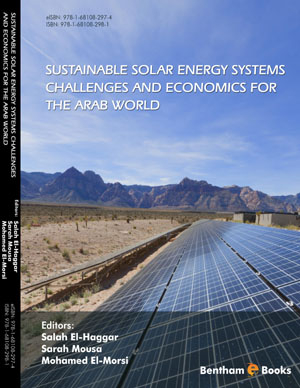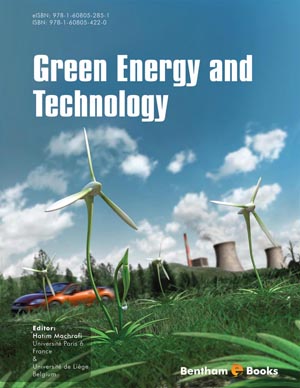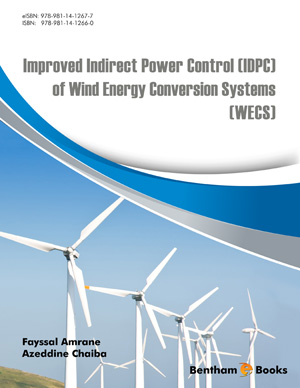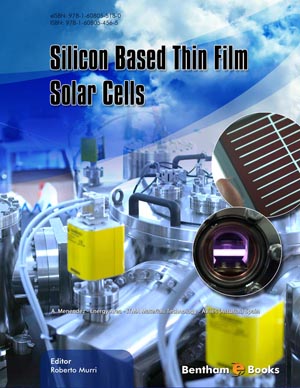Abstract
The sun is a hot sphere of gas with an internal temperature of 15 million degrees Celsius, the surface of the sun is at a temperature that is approximately 5500 Kelvin. The total power emitted by the sun is 3.83×1026 W, and the intensity is about 6.33×107 W/m2. The solar radiation reaching the earth’s surface, 1367 W/m 2 , is reduced by absorption, reflection and scattering of the atmosphere. Solar radiation and its intensity on earth’s surface varies based on latitude and longitude location, time of year, time of day, local atmospheric variations such as vapor, cloud or pollution concentration, and atmospheric effects such as absorption and scattering. All these are crucial factors when considering the optimum design and location for solar powered technologies. This chapter will help us consider where, when and how solar radiation should be harnessed in order to take the greatest advantage of energy reaching the earth’s surface.
Keywords: Air Mass, Atmospheric gases, Electromagnetic spectrum, Extraterrestrial, Gamma rays, Infrared, Intensity of solar radiation, Mie scattering, Photon, Photosphere, Power emitted by the sun, Radio waves, Rayleigh scattering, Solar insolation, Sun internal temperature, Sun surface temperature, Ultraviolet, Visible light, X-rays.













